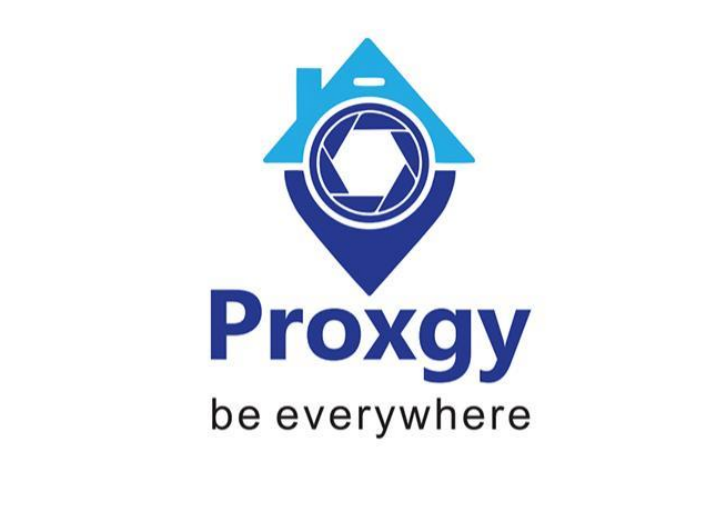India’s digital payments ecosystem is entering a new phase of innovation with the launch of ThumbPay, a biometric payment device by Proxgy, a Delhi-based startup. The device allows users to make secure payments through Aadhaar-linked UPI authentication, eliminating the need for smartphones, cards, or QR code scanning. This breakthrough promises to simplify financial transactions, especially in regions where smartphone penetration or digital literacy remains limited.
A New Era for Digital Payments in India
Digital payments in India have seen unprecedented growth, largely driven by the Unified Payments Interface (UPI), which now processes billions of transactions monthly. However, accessibility challenges remain for citizens without smartphones or those uncomfortable with apps and QR codes.
Proxgy’s ThumbPay directly addresses this gap. By leveraging Aadhaar’s biometric authentication framework, it enables users to make payments with just their fingerprint or thumb impression. This innovation could accelerate India’s journey toward a more inclusive cashless economy.
How ThumbPay Works
The ThumbPay device integrates biometric scanners with Aadhaar verification and links them to UPI platforms. Here’s how the process works:
The user places their thumb or finger on the biometric reader.
The device verifies identity against Aadhaar’s secure biometric database.
Once authenticated, UPI transactions are processed in real time.
This method ensures security, removes dependence on smartphones, and provides convenience for both merchants and customers.
Target Audience: Beyond Urban India
While smartphone-savvy urban Indians are well integrated into UPI systems, ThumbPay’s real potential lies in rural and semi-urban markets. According to the Reserve Bank of India (RBI), millions of Indians remain underbanked or lack access to advanced devices. ThumbPay bridges this gap by allowing payments with minimal technological barriers.
For farmers and daily wage workers: No need to carry cash or smartphones.
For elderly citizens: A simple biometric tap makes transactions effortless.
For merchants: Faster checkouts, reduced payment failures, and no dependency on network-heavy apps.
Security and Privacy Considerations
With growing concerns about data privacy and biometric misuse, Proxgy emphasizes that ThumbPay adheres to strict security protocols. Transactions rely on Aadhaar’s secure framework, and user biometrics are not stored on the device itself. Instead, encrypted verification ensures identity protection.
The system also integrates with the National Payments Corporation of India (NPCI) guidelines, aligning with the government’s push for secure and inclusive digital finance.
Industry Impact and Startup Innovation
Proxgy’s ThumbPay could reshape how startups and fintech firms think about hardware-driven payment innovations. While most focus has been on mobile applications, ThumbPay highlights the role of physical devices in democratizing fintech access.
Experts believe this could spark a new wave of hardware-software convergence in the fintech sector, creating opportunities for rural banking, microfinance institutions, and government schemes to leverage biometric-driven payments.
Government and Regulatory Support
The Indian government has long championed “Digital India” and financial inclusion. Aadhaar-enabled payment systems (AePS) have been promoted through banks and payment service providers. ThumbPay builds upon this foundation, providing a startup-led solution that complements state-backed initiatives.
If scaled successfully, it could integrate with schemes like:
Jan Dhan Yojana accounts for low-income households.
Direct Benefit Transfers (DBT) to reduce leakages.
Public Distribution System (PDS) payments for ration and welfare.
Competitive Landscape
Proxgy enters a competitive yet underexplored segment. While giants like PhonePe, Paytm, and Google Pay dominate app-based UPI payments, few have tapped the biometric hardware angle. ThumbPay gives Proxgy a first-mover advantage, and partnerships with banks, NBFCs, and government agencies could accelerate adoption.
Analysts expect fintech competitors to monitor this development closely, potentially spurring collaborations or rival product launches.
Challenges Ahead
Despite its promise, ThumbPay faces certain challenges:
Adoption hurdles: Convincing merchants and customers to adopt a new device.
Cost factor: Ensuring affordability for small shopkeepers and rural vendors.
Infrastructure: Reliable Aadhaar and UPI connectivity in low-network zones.
Proxgy’s strategy will likely involve pilots in Tier-2 and Tier-3 cities, subsidies, and partnerships with financial institutions to overcome these obstacles.
The Road Ahead
With ThumbPay, Proxgy is not just launching a product but pioneering a new category in India’s fintech ecosystem. The device has the potential to reach millions of Indians currently outside the digital payments mainstream. If successful, it could set a global precedent for biometric payment innovation.
As India continues its rapid adoption of cashless systems, Proxgy’s ThumbPay might very well become a symbol of the next phase in digital finance—seamless, inclusive, and truly universal.










